The ferry from Guernsey to Poole is about 3 hours and it was getting dark so I didn’t see much of this city which is described as the 4th most expensive place in the world to live. Once there I found that astonishingly there were no taxis which one would think would be waiting the boat, I walked to the train station about 1 1/2 miles. I had already notified the B&B in Bournemouth where I’d be staying of my late arrival. Since the owners lived there it wasn’t a big deal & I was glad to find a taxi upon getting off the train so as my arrival was not too late to be inconvenient for my hostess.
I had no interest in Bournemouth per se but it was a good place to recover after the long ferry day. The next day I headed to see the Cathedral town passing some classic gardens on the way to the rail station

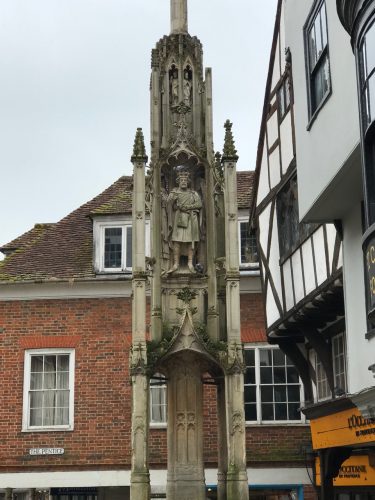



Old and massive t is one of the largest cathedrals in Europe, with the longest nave and greatest overall length of any Gothic cathedral in Europe. Founded in 642 Winchester Cathedral. https://en.wikipedia.org/wiki/Winchester_Cathedral
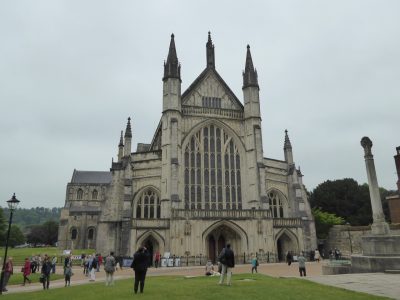
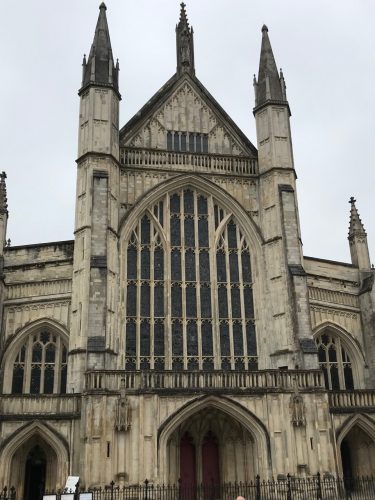

Great ceilings here
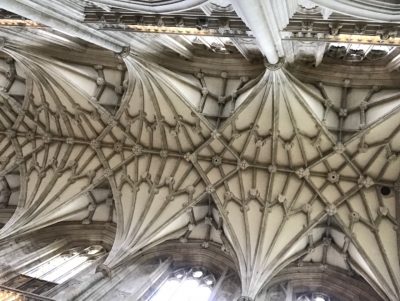
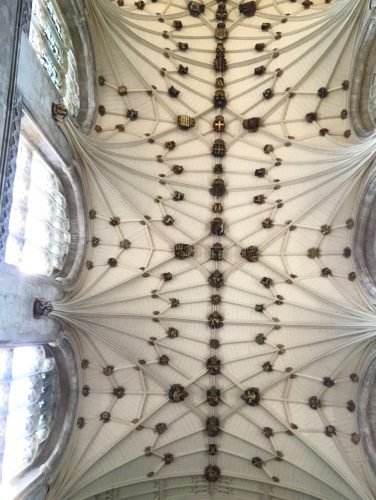
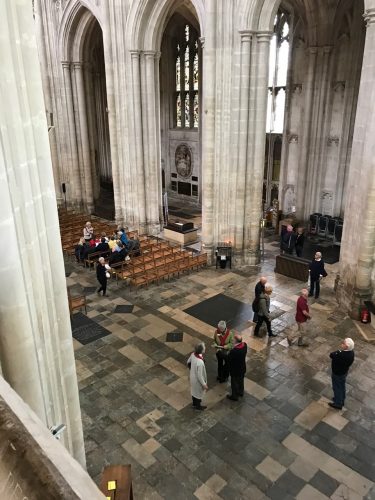
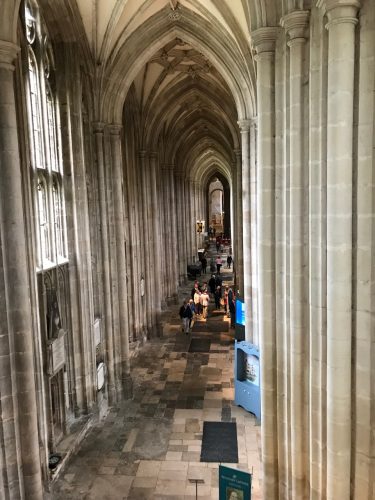
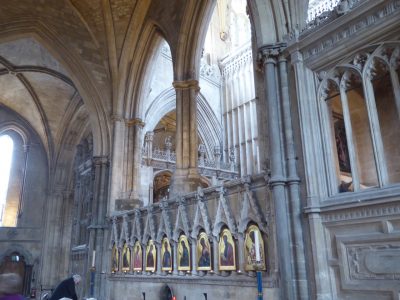


The alter, against one of the more creative of back statuary, is covered with a modern day tapestry.
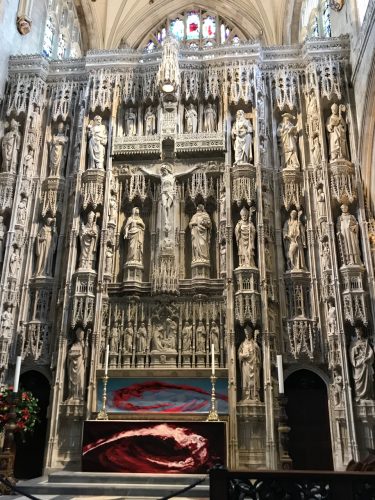

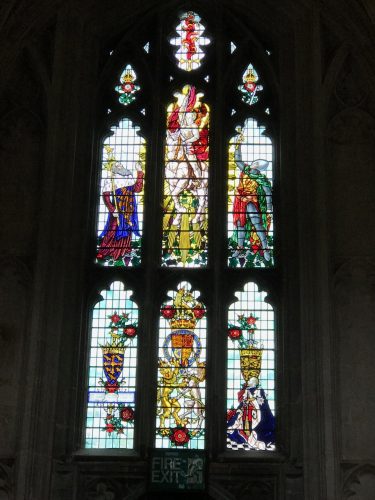


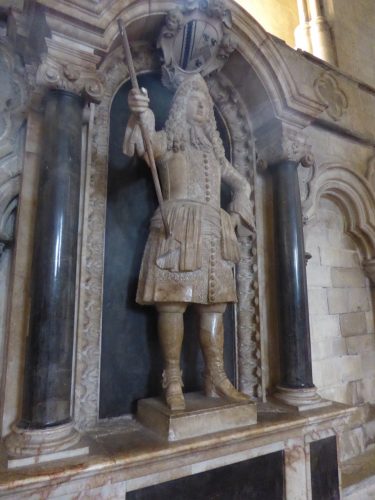
The choir with intricate carvings
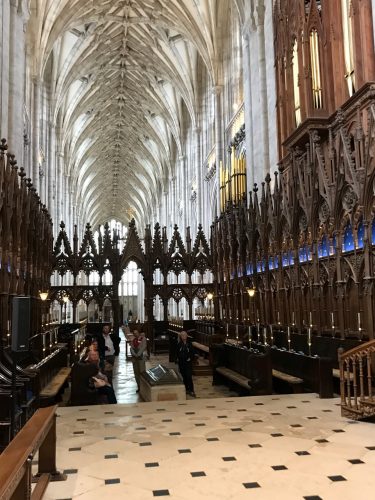
like Green Man
l

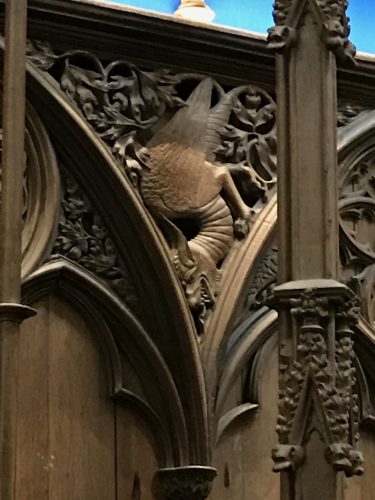
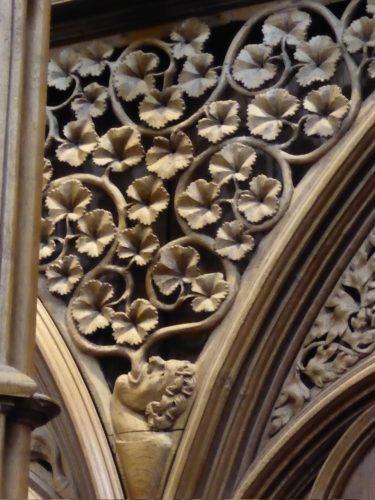
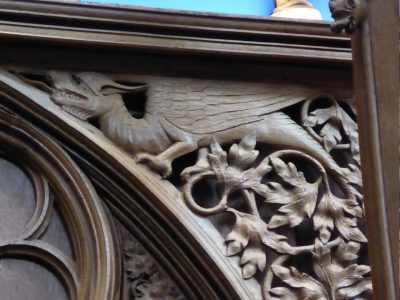

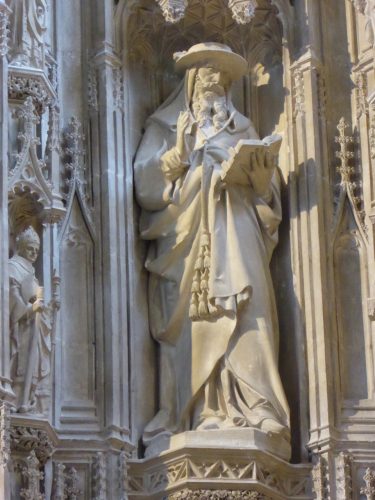
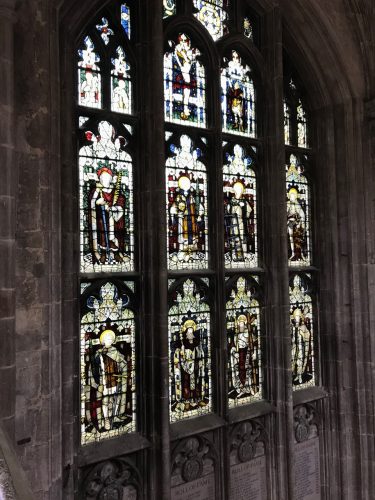
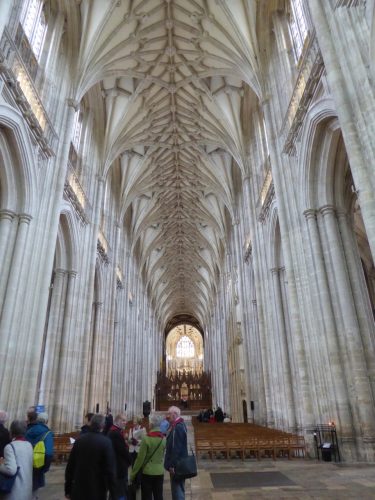

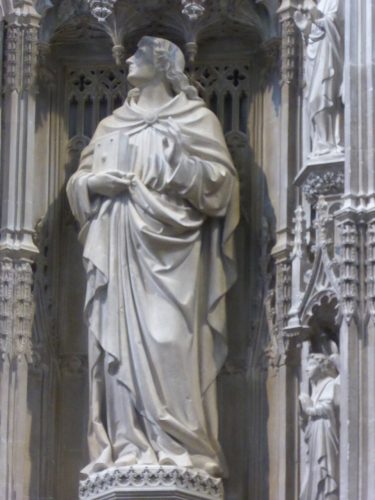
Joan d’ Arc
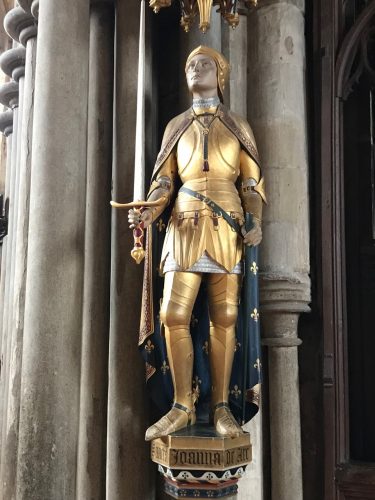
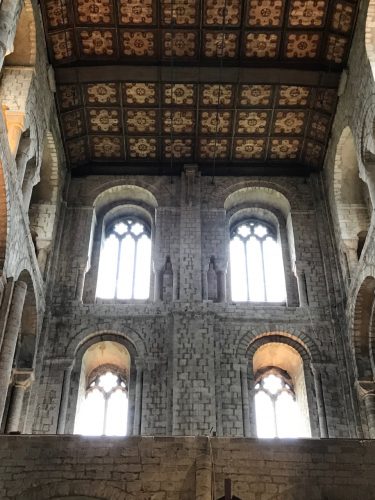
Many notable English rest here

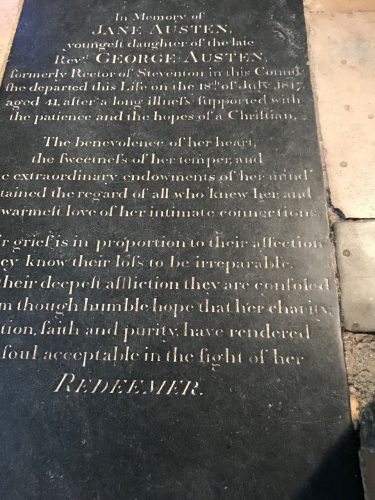
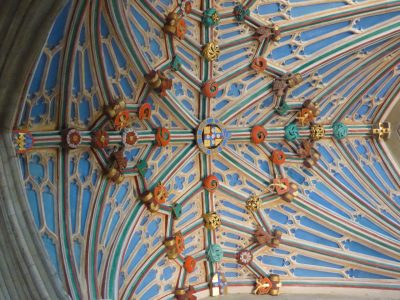
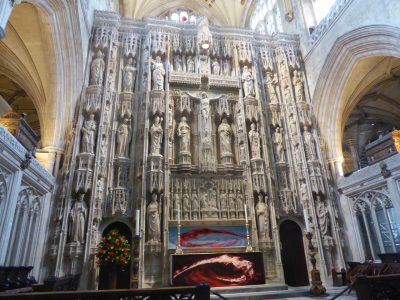
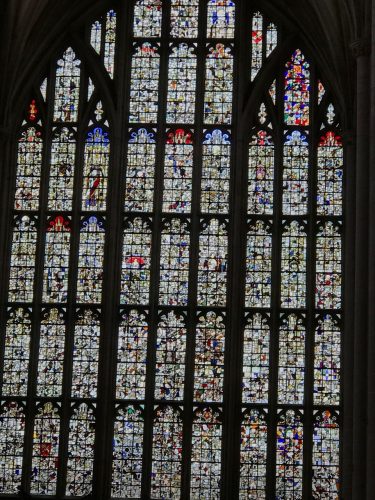
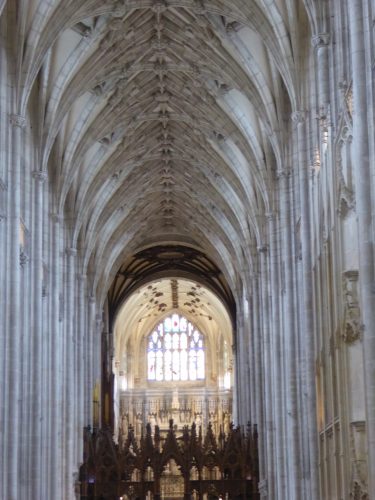
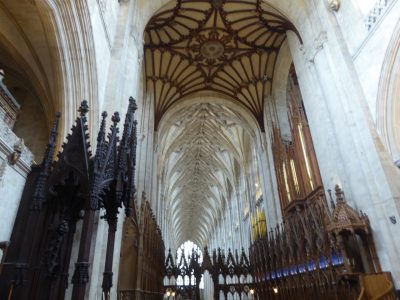
A number of these caskets are found in the rafters holding the remains of English kings
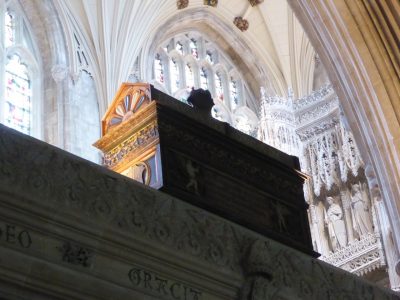

And a diving Bell? William Walker was amazing when you understand his efforts.
In his time, William Walker was a very experienced diver, Between 1906 and 1911, working in water up to a depth of six metres (20 feet), he shored up Winchester Cathedral, using more than 25,000 bags of concrete, 115,000 concrete blocks, and 900,000 bricks.
Before his work, the cathedral had been in imminent danger of collapse as it sank slowly into the ground, which consisted of peat. To enable bricklayers to build supporting walls, the groundwater level had to be lowered. Normally, the removal of the groundwater would have caused the collapse of the building. So, to give temporary support to the foundation walls, some 235 pits were dug along the southern and eastern sides of the building, each about six metres deep. Walker went down and shored up the walls by putting concrete underneath them. He worked six hours a day—in complete darkness, because the sediment suspended in the water was impenetrable to light.
After Walker finished his work, the groundwater was pumped out and the concrete he had placed bore the foundation walls. Conventional bricklayers then were able to do their work in the usual way and restore the damaged walls.
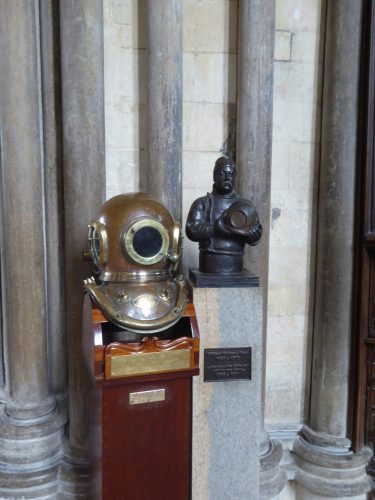
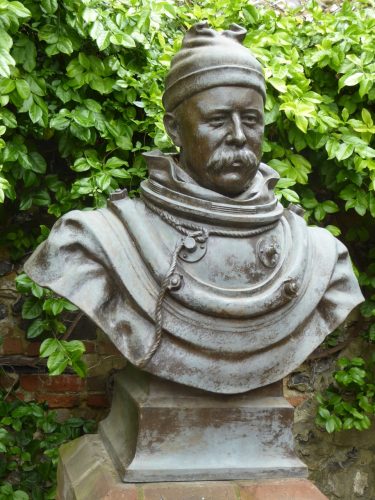
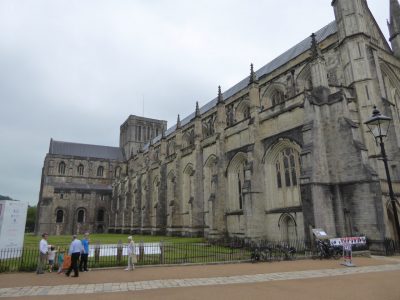
{ 0 comments… add one now }